Back to Courses

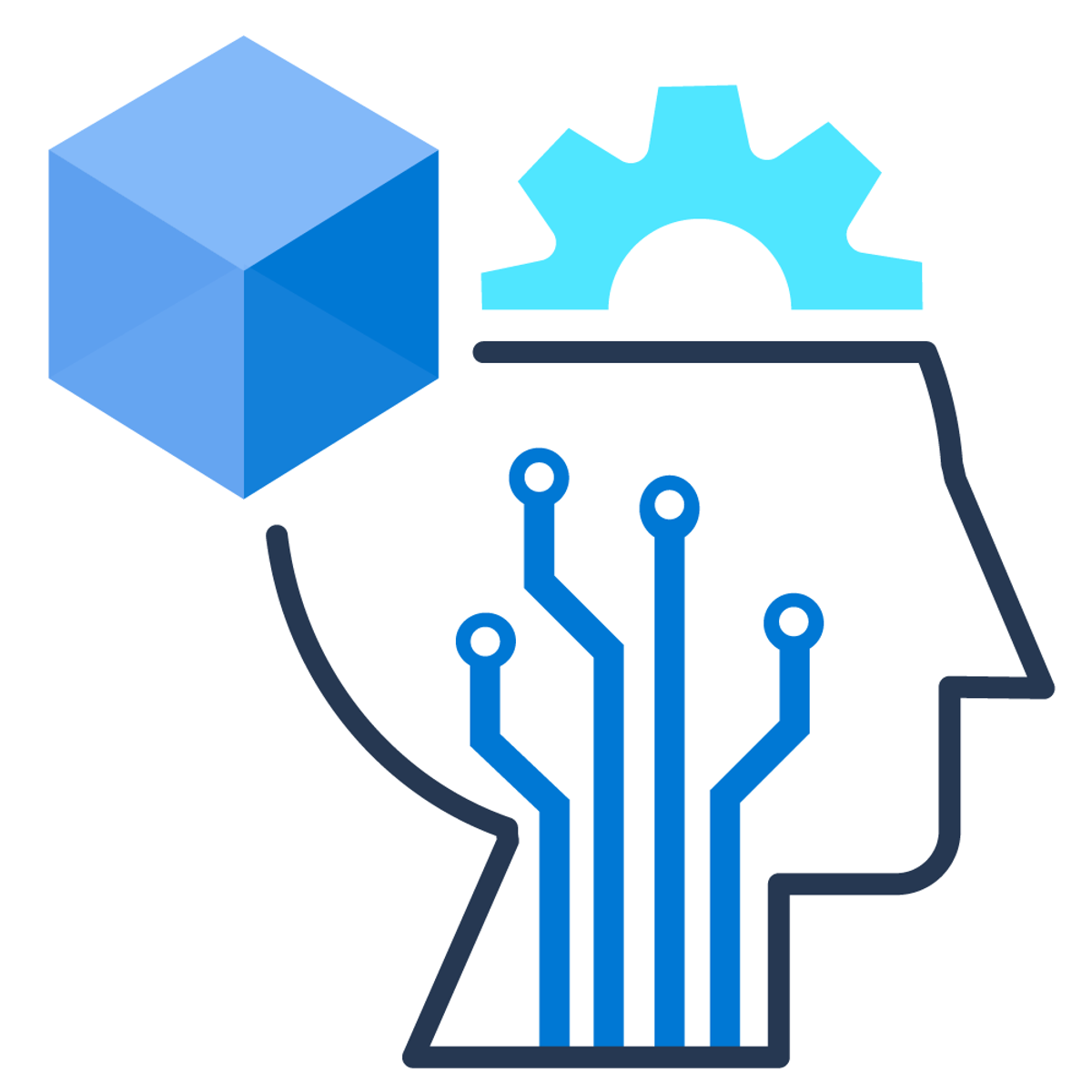
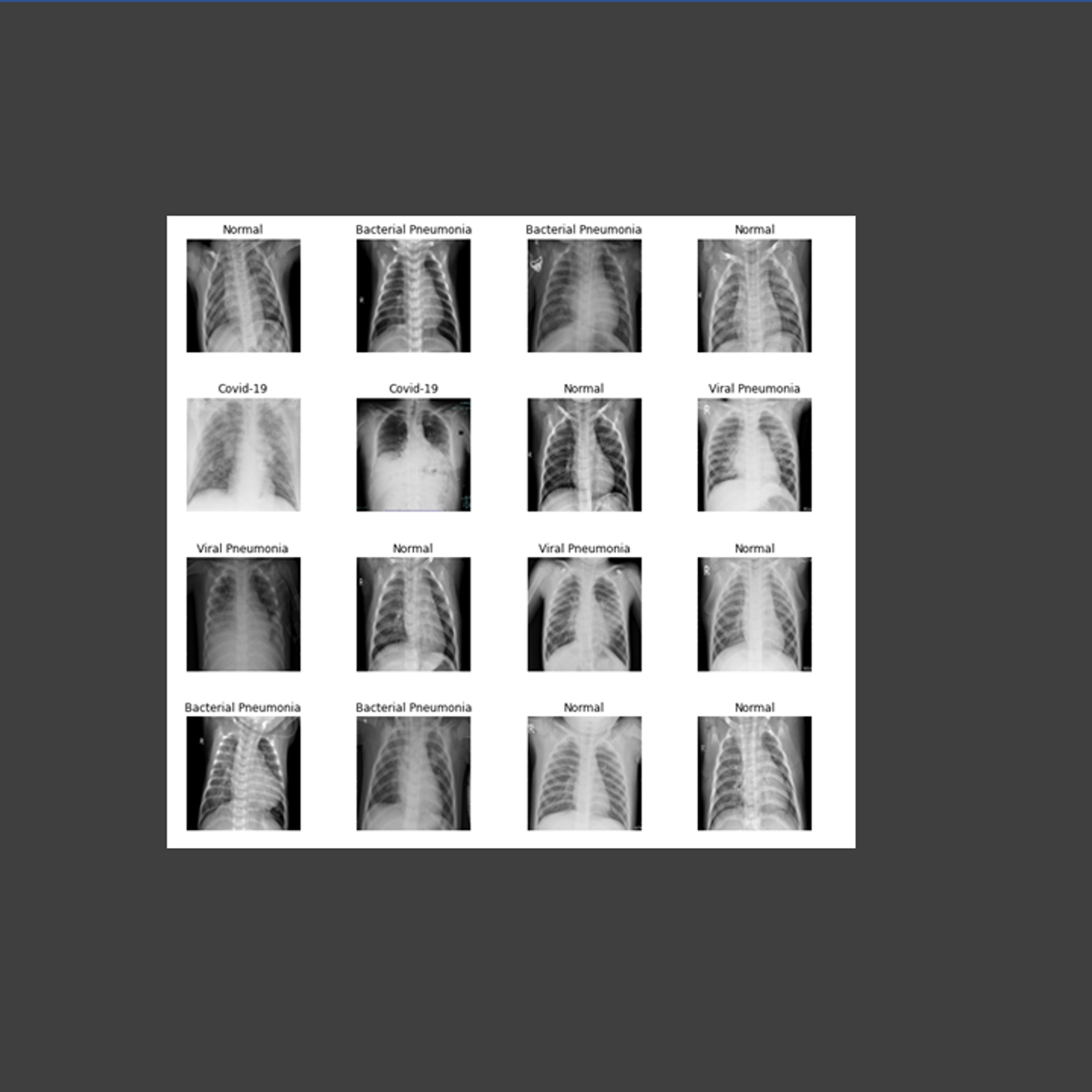
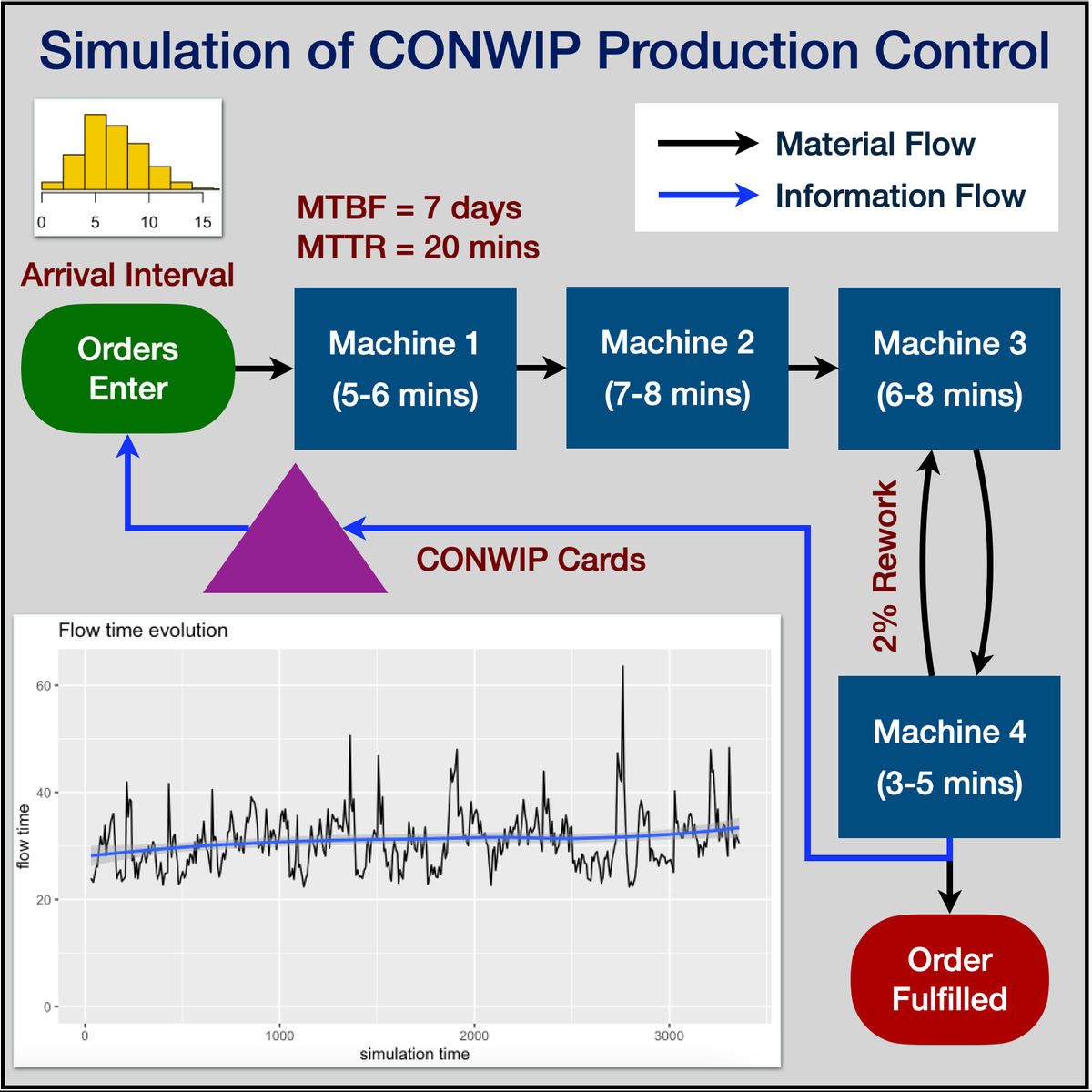
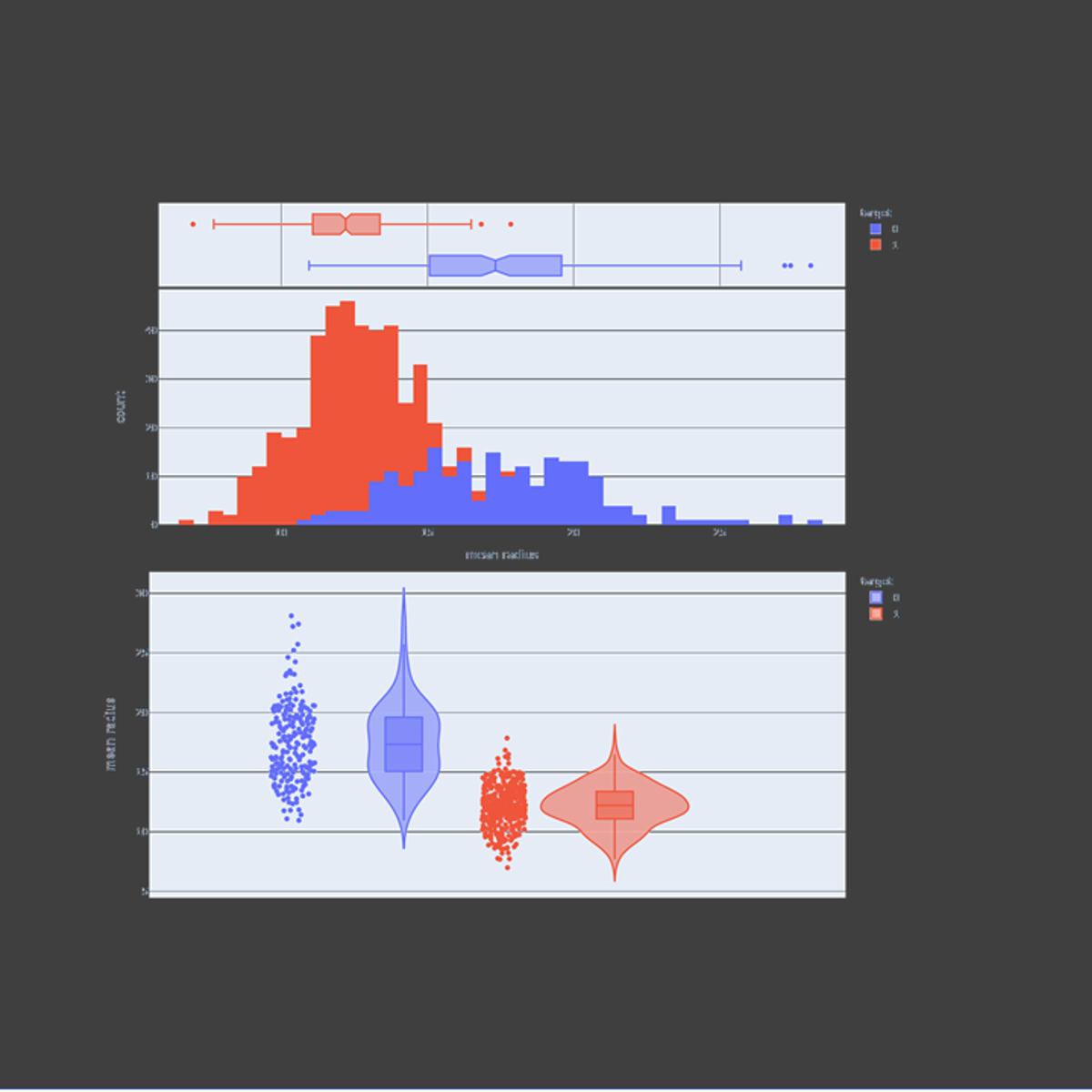
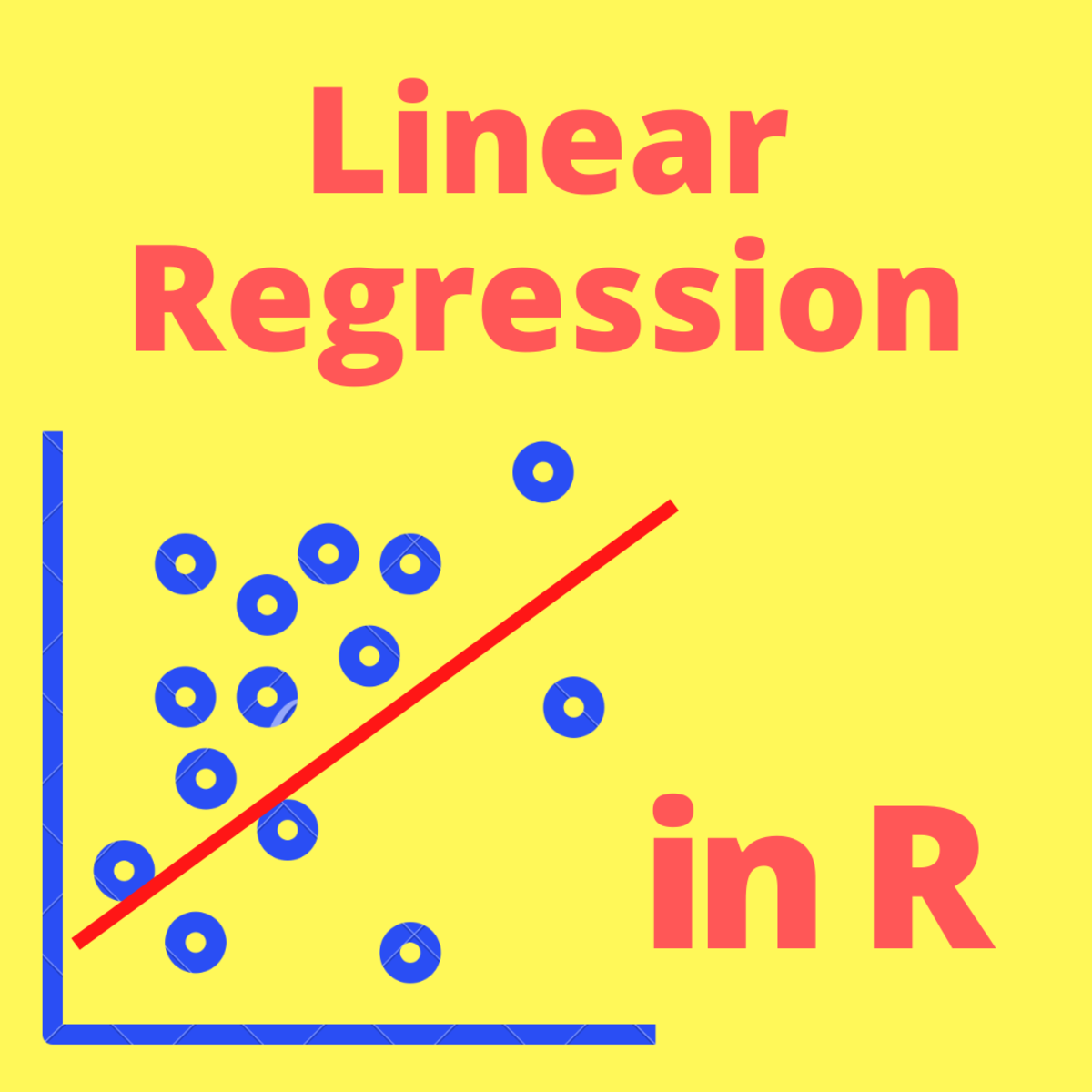

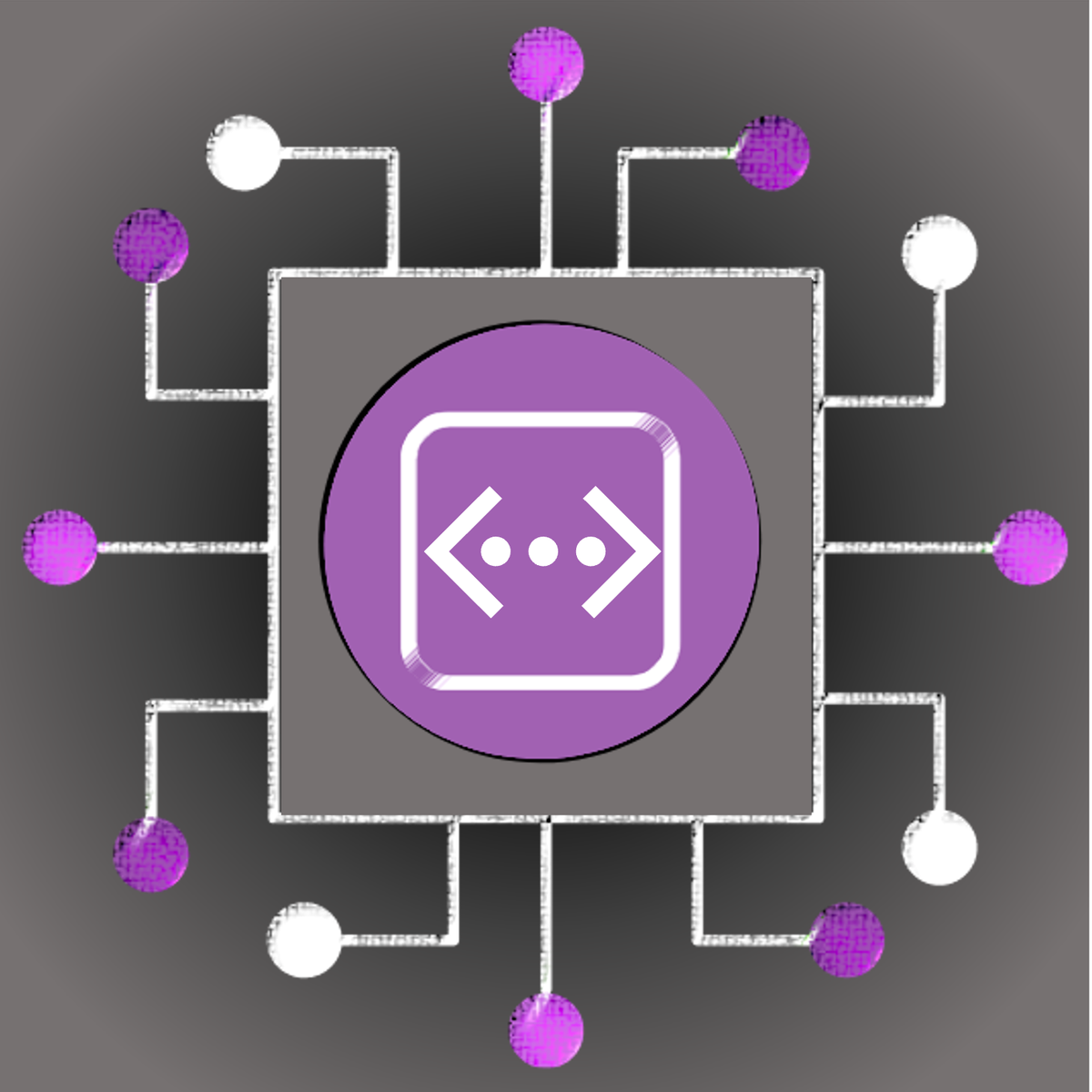
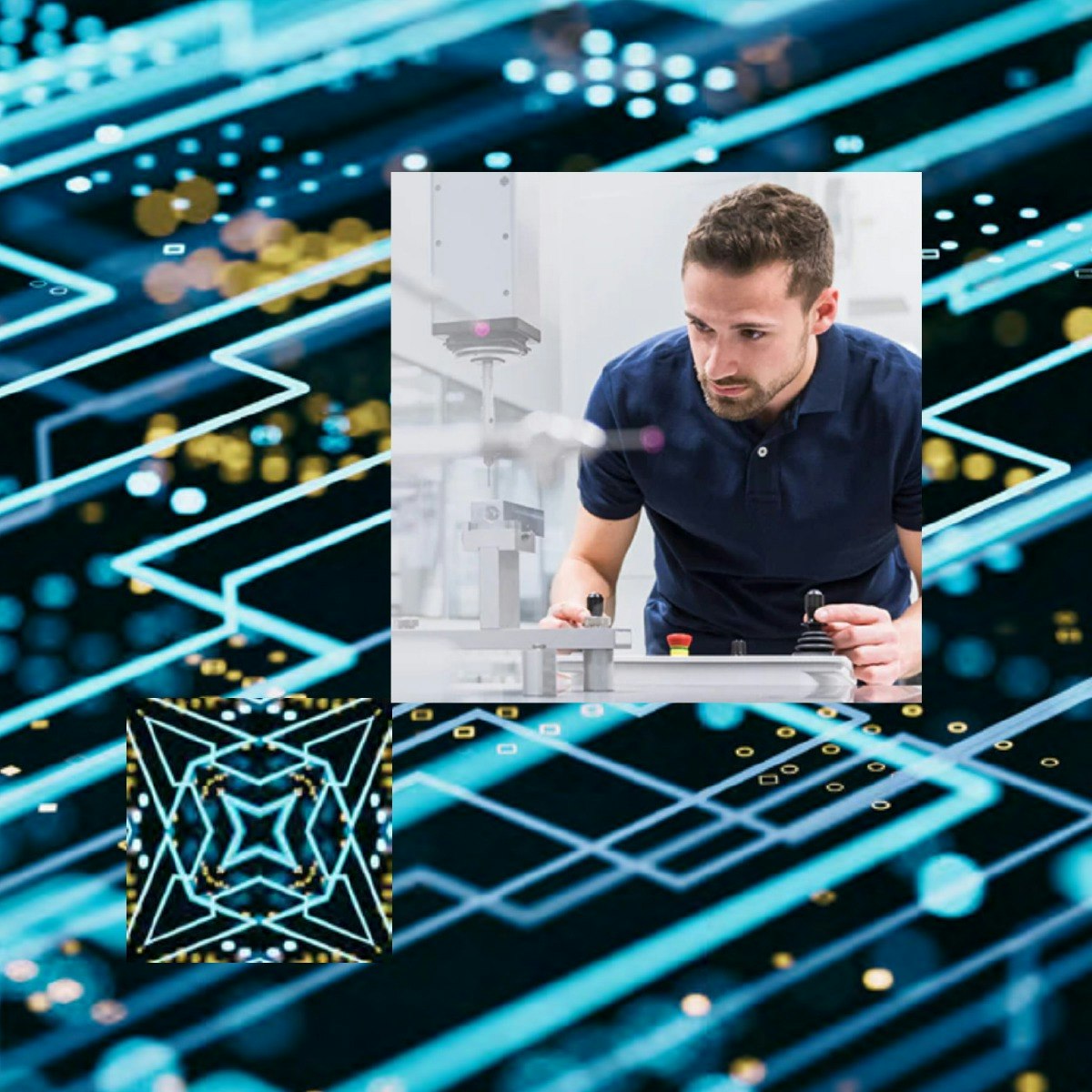
Data Science Courses - Page 108
Showing results 1071-1080 of 1407

Intro to Analytic Thinking, Data Science, and Data Mining
Welcome to Introduction to Analytic Thinking, Data Science, and Data Mining. In this course, we will begin with an exploration of the field and profession of data science with a focus on the skills and ethical considerations required when working with data. We will review the types of business problems data science can solve and discuss the application of the CRISP-DM process to data mining efforts. A brief overview of Descriptive, Predictive, and Prescriptive Analytics will be provided, and we will conclude the course with an exploratory activity to learn more about the tools and resources you might find in a data science toolkit.

ETL Processing on Google Cloud Using Dataflow and BigQuery
This is a self-paced lab that takes place in the Google Cloud console.
In this lab you will build several Data Pipelines that will ingest data from a publicly available dataset into BigQuery.

Build and Operate Machine Learning Solutions with Azure
Azure Machine Learning is a cloud platform for training, deploying, managing, and monitoring machine learning models. In this course, you will learn how to use the Azure Machine Learning Python SDK to create and manage enterprise-ready ML solutions.
This is the third course in a five-course program that prepares you to take the DP-100: Designing and Implementing a Data Science Solution on Azurecertification exam.
The certification exam is an opportunity to prove knowledge and expertise operate machine learning solutions at a cloud-scale using Azure Machine Learning. This specialization teaches you to leverage your existing knowledge of Python and machine learning to manage data ingestion and preparation, model training and deployment, and machine learning solution monitoring in Microsoft Azure. Each course teaches you the concepts and skills that are measured by the exam.
This Specialization is intended for data scientists with existing knowledge of Python and machine learning frameworks like Scikit-Learn, PyTorch, and Tensorflow, who want to build and operate machine learning solutions in the cloud. It teaches data scientists how to create end-to-end solutions in Microsoft Azure. Students will learn how to manage Azure resources for machine learning; run experiments and train models; deploy and operationalize machine learning solutions, and implement responsible machine learning. They will also learn to use Azure Databricks to explore, prepare, and model data; and integrate Databricks machine learning processes with Azure Machine Learning.

AI-Powered Chest Disease Detection and Classification
Hello everyone and welcome to this hands-on guided project on Artificial intelligence (AI)-powered chest disease detection and classification. AI has been revolutionizing healthcare and medicine in many areas such as: (1) Medical imagery, (2) Drug research, and (3) Genome development. Deep learning has been proven to be superior in detecting and classifying disease using imagery data.
In this case study, we will automate the process of detecting and classifying chest disease from X-Ray images to reduce the cost and time of detection. This guided project is practical and directly applicable to the healthcare industry. You can add this project to your portfolio of projects which is essential for your next job interview.

Simulation of CONWIP Production Control Using R Simmer
By the end of this project, you will learn gain introductiory knowledge of Discrete Event Simulation, use R Studio and Simmer library, create statistical variables required for simulation, define process trajectory, define and assign resources, define arrivals (eg. incoming customers / work units), run simulation in R, store results in data frames, plot charts and interpret the results.

Interactive Statistical Data Visualization 101
In this guided project, we will explore plotly express to visualize statistical plots such as box plots, histograms, heatmaps, density maps, contour plots, and violin plots. Plotly express is a super powerful Python package that empowers anyone to create, manipulate and render graphical figures. This crash course is super practical and directly applicable to many industries such as banking, finance and tech industries.
Note: This course works best for learners who are based in the North America region. We’re currently working on providing the same experience in other regions.

Predicting Salaries with Simple Linear Regression in R
In this 1-hour long project-based course, you will learn how to create a simple linear regression algorithm and use it to solve a basic regression problem. By the end of this project, you will have built, trained, tested, and visualized a Regression model that will be able to accurately predict the salary of a data scientist if provided with some information about years of experience.
In order to be successful in this project, you should just know the basics of R and linear regression.

Social Science Approaches to the Study of Chinese Society Part 1
This course seeks to turn learners into informed consumers of social science research. It introduces concepts, standards, and principles of social science research to the interested non-expert. Learners who complete the course will be able to assess evidence and critically evaluate claims about important social phenomena. It reviews the origins and development of social science, describes the process of discovery in contemporary social science research, and explains how contemporary social science differs from apparently related fields. It describes the goals, basic paradigms, and methodologies of the major social science disciplines. It offers an overview of the major questions that are the focus of much contemporary social science research, overall and for China. Special emphasis is given to explaining the challenges that social scientists face in drawing conclusions about cause and effect from their studies, and offers an overview of the approaches that are used to overcome these challenges. Explanation is non-technical and does not involve mathematics. Statistics and quantitative methods are not covered.
Explore the big questions in social science and learn how you can be a critical, informed consumer of social science research.
Course Overview video: https://youtu.be/QuMOAlwhpvU
After you complete Part 1, enroll in Part 2 to learn how to be a PRODUCER of Social science research.
Part 2: https://www.coursera.org/learn/social-science-research-chinese-society

Web Applications and Command-Line Tools for Data Engineering
In this fourth course of the Python, Bash and SQL Essentials for Data Engineering Specialization, you will build upon the data engineering concepts introduced in the first three courses to apply Python, Bash and SQL techniques in tackling real-world problems. First, we will dive deeper into leveraging Jupyter notebooks to create and deploy models for machine learning tasks. Then, we will explore how to use Python microservices to break up your data warehouse into small, portable solutions that can scale. Finally, you will build a powerful command-line tool to automate testing and quality control for publishing and sharing your tool with a data registry.

Building Autonomous AI
Practice makes perfect. It’s true for people learning to master a new skill, and it’s also true for your AI brain. Just as you need the right environment to practice, get feedback and try again, so does your AI brain.
In this course, you’ll solve industrial engineering problems inspired by real problems your instructors have worked on in industry. You’ll learn how to build, test and deploy an AI brain using Microsoft Bonsai, a cloud-based, low-code platform. We’ll walk through the entire Bonsai platform from setup to deployment. Along the way, you’ll use Bonsai to conduct machine teaching experimentation to train a brain and assess its progress. Because you’ll be teaching the brain a relatively complex task, you’ll run multiple simulations until you’re satisfied with the results. You’ll then prep the brain for graduation into the real world — deploying it into a machinery control system or other live environment.
At the end of this course, you’ll be able to:
• Build an autonomous AI that combines reinforcement learning with machine learning, expert rules and other methods that you’ve used in the first two courses of the specialization
• Establish requirements for a simulated environment for your brain to practice a task
• Validate and assess your brain’s performance of a task and make improvements to your brain design
• Evaluate whether a simulator is a good practice environment
• Deploy a brain on a real piece of hardware
This course requires an Azure subscription.
This course is part of a specialization called Autonomous AI for Industry, which will launch in early 2023.
Popular Internships and Jobs by Categories
Browse
© 2024 BoostGrad | All rights reserved


